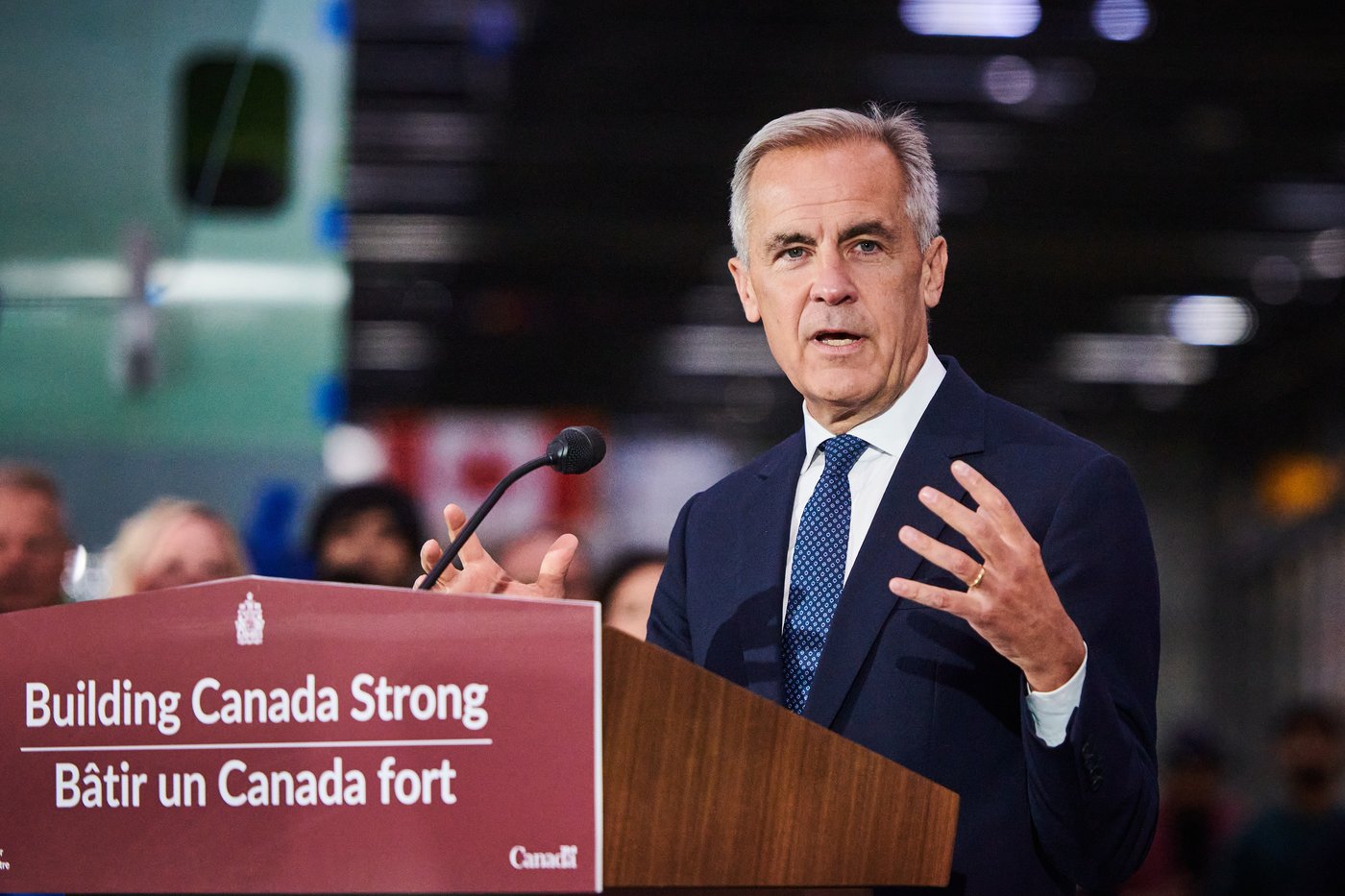The consumer carbon tax is gone. How will that affect Canada’s emissions?

The federal government’s decision to end its carbon pricing for consumers is expected to lead to savings at the gas pump. But what exactly did the carbon tax and rebate do for the climate, and what impact will the removal of this policy have on emissions?
The consumer carbon tax and rebate were introduced by Justin Trudeau’s Liberal government in 2019 as a way to reduce emissions in provinces without their own carbon pricing. The policy consisted of a surcharge or tax added to the price of carbon-emitting fuels, with the intention of increasing each year until 2030. The Canada Carbon Rebate, based on family size, was paid out quarterly to offset the cost, returning 90% of revenues from the tax. This increase in the cost of carbon-emitting fuels was meant to discourage their use and incentivize individuals to adopt more sustainable alternatives, such as electric vehicles, public transit, or energy-efficient home upgrades.
According to experts, the consumer carbon tax was working, with projections suggesting it would help cut emissions by 8-14% by 2030. However, the industrial carbon price was expected to have three times the impact of the consumer carbon price. The government’s decision to end the consumer carbon tax emphasizes the importance of maintaining the industrial carbon price to achieve emissions reductions.
While the removal of the consumer carbon tax may not necessarily lead to an increase in emissions, it will depend on whether the government implements other climate policies to generate equivalent emissions reductions. Subsidies for cleaner technology, such as electric vehicles and heat pumps, or regulations could help offset the loss of the carbon tax. However, studies show that such subsidies may be more costly than carbon pricing, which is considered the most efficient way to cut emissions.
One area that requires attention is building emissions, which are still on the rise. Tighter building codes and a shift away from fossil fuels for heating could help reduce emissions in this sector. While falling prices for technologies like heat pumps may aid in this effort, government intervention is still necessary to drive down emissions and ensure that Canada meets its targets.
Overall, the government’s decision to end the consumer carbon tax underscores the need for continued efforts to reduce emissions and build a clean economy. Maintaining and strengthening climate policies will be crucial in achieving Canada’s climate goals and transitioning to a more sustainable future.



